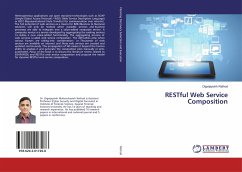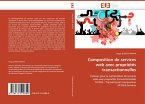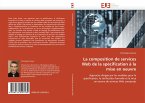Interorganizational workflows are workflows that cross the boundaries of a single organization and provide a framework for cooperation of autonomous organizations. An important issue when designing such workflows is the balance between the openness needed for cooperation and the privacy needed for protection of business know-how. Workflow views provide an efficient tool for this aim. This book presents a technique for a correct construction of workflow views. The real surplus of web services is their capability for composition into more complex systems. The essential requirements are on the one hand an architecture with adequate capabilities and on the other hand, verification of correctness. This book proposes an architecture for modeling web service composition based interorganizational workflows that provides several advantages. Moreover, algorithms and techniques for verification of structural and temporal correctness of interorganizational workflows are proposed. The presented approach is language and platform independent and algorithms work in a distributed manner.
Bitte wählen Sie Ihr Anliegen aus.
Rechnungen
Retourenschein anfordern
Bestellstatus
Storno








